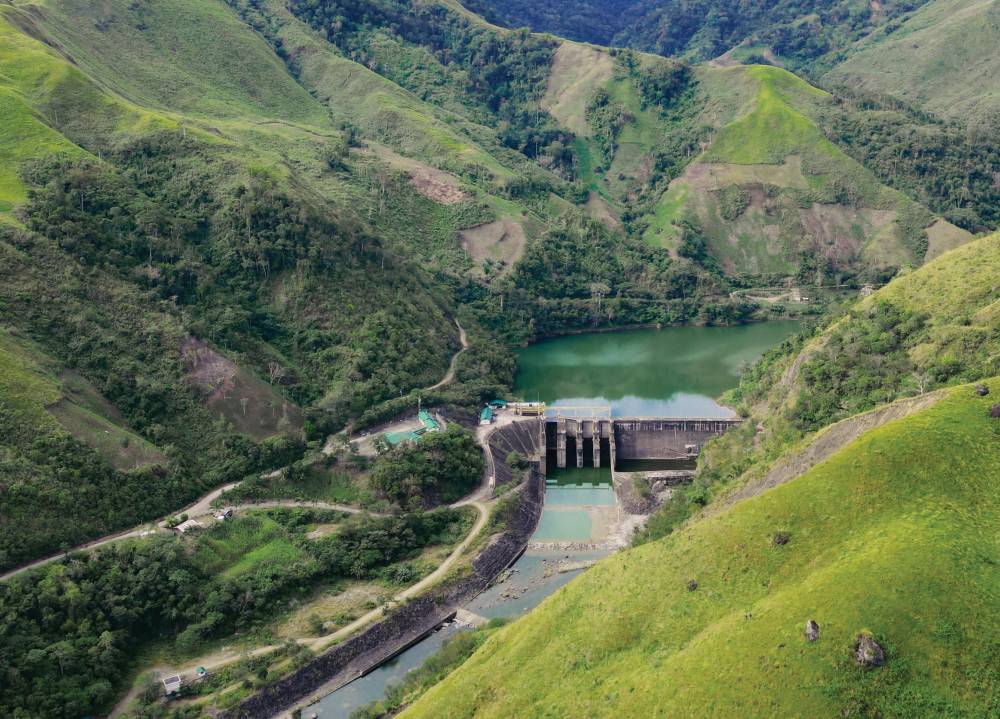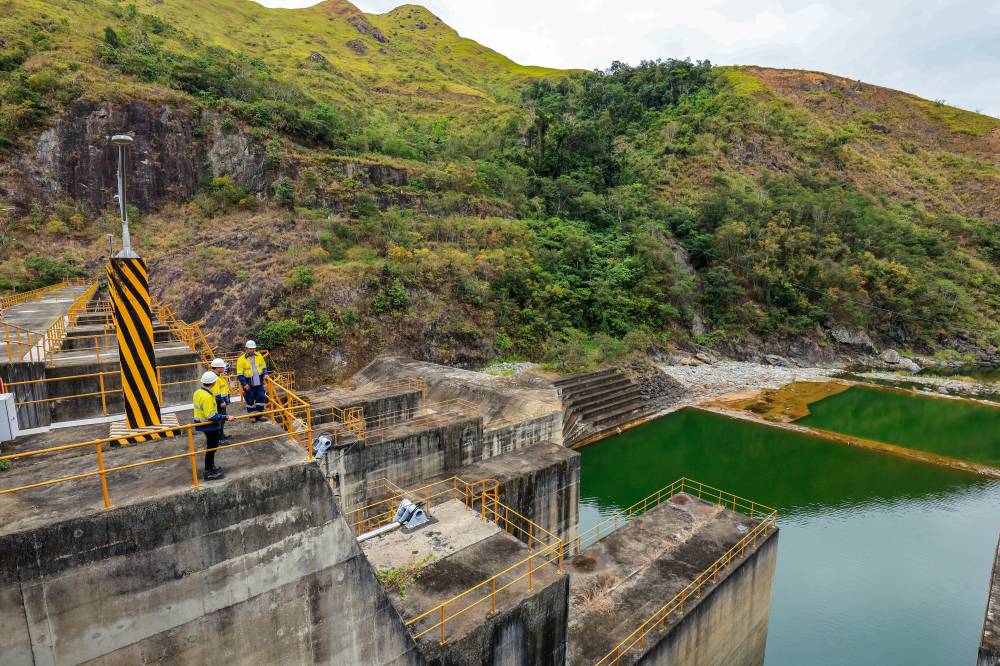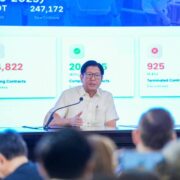To hit an ambitious energy plan, PH needs 53,000 MW of clean power

ILOILO CITY—The Philippines needs almost 53,000 megawatts (MW) of new renewable energy capacity to achieve the government target of a bigger allocation in the energy mix.
Based on simulations from the Department of Energy (DOE), a total of 52,826 MW of additional clean energy capacity is needed by 2040 to attain the goal under the Renewable Portfolio Standards (RPS) policy. This is nearly seven times higher than the current level of 8,264 MW.
Breaking down the estimated capacity, 27,162 MW are earmarked for solar projects, 16,650 MW are for wind power projects, 6,150 MW are for hydropower and 2,500 MW are for geothermal.
If attained, the renewable energy share in the power generation mix would increase to 35 percent by 2030 and 50 percent by 2040 as spelled out in the energy plan. Coal-fired plants still dominate the power generation mix currently, accounting for more than 50 percent of the total.
“Please note that this simulation does not include yet the share of nuclear energy as envisioned and in the clean energy scenario one and clean energy scenario two,” Energy Assistant Secretary Mylene Capongcol said in her presentation during the Independent Electricity Market Operator of the Philippines’ event here.
The clean energy scenarios that Capongcol is referring to are the targets set in the Philippine Energy Plan (PEP), or the upper end of the targets outlined in the road map that calls for higher renewable share in the energy mix. The DOE is still finalizing the targets under a revised PEP.

RPS is one of the mechanisms introduced by the DOE to scale up the utilization of renewables in the Philippines under the Renewable Energy Act of 2008. This policy mandates electricity suppliers to source a portion of their annual energy demand from eligible renewable energy sources.
Last year, the DOE issued a separate policy that doubled the renewable energy utilization in grid-linked areas to 2.52 percent from 1 percent.
The circular also mandated an annual review of percentage increments to monitor compliance and adjustments in case of constraints in the timely completion of eligible renewable energy plants.
Aside from the RPS, other programs aimed at promoting the use of cleaner sources of energy include the green energy auction program, net metering and expanded roof-mounted solar program.
“And of course, we’re looking forward to the renewable energy market commercial operations and soon we will be coming out with revised guidelines in the omnibus guidelines for the awarding of the service contract,” Capongcol said. INQ Cebu-based company Vivant Corp. weathered a “challenging macroeconomic and financial environment” as earnings surged by 43 percent to P2.3 billion in 2023 from P1.6 billion a year ago.

“The year 2023 felt the pressures from inflation and high interest rates, mostly a result of ongoing geopolitical tensions, trade-restrictive measures and weather-induced commodity price hikes,” Vivant said in a disclosure.
“With [the] government’s policy response and implementation of key structural reforms, the local economy managed to navigate the difficult economic and financial environment and posted a decent GDP (gross domestic product) annual growth of 5.6 percent,” the firm added.
The listed company recognized P366.4 million in non-core income primarily from onetime management and technical contracts, realized gain from the share acquisition made by a subsidiary and the fair value recognition of some of its investments.
Netting out the one-off items, Vivant’s core net income jumped by 24 percent to P1.9 billion.
Its energy business unit, Vivant Energy Corp., contributed P3.1 billion to the parent firm’s bottom line, an increase of 36 percent.
“All business segments shored up the unit’s performance, which rode on the spurred economic activities in both the main and island grids,” Vivant said.
Vivant’s power-generation business made an income contribution of P1.9 billion as both on-grid and off-grid business segments exhibited “strong results.”
Likewise, the electricity distribution business logged a 33-percent increase to end at P1 billion after electricity sales rose by 12 percent on the back of higher consumption of both residential and nonresidential segments.
The retail group saw its bottom line climb by 37 percent to P72.4 million due to robust growth in energy delivered and an increased customer base.
However, the water strategic business unit incurred a negative income contribution of P15.6 million despite the improvement of the waste water business as water solutions and water supply sustained higher costs and operating expenses.
“Vivant remains bullish in sustaining our growth in the power generation and electricity distribution sector as well as in the water infrastructure segment,” Vivant CEO Arlo Sarmiento said.
As of last year, Vivant’s consolidated assets went up by 13 percent to P29.9 billion while total noncurrent assets grew by 17 percent to P22.6 billion.
Meanwhile, total equity attributable to equity holders of the parent reached P18.3 billion.




















